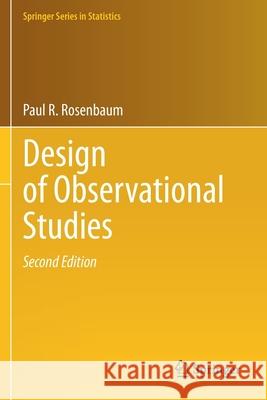Design of Observational Studies » książka
topmenu
Design of Observational Studies
ISBN-13: 9783030464073 / Angielski / Miękka / 2021 / 547 str.
Design of Observational Studies
ISBN-13: 9783030464073 / Angielski / Miękka / 2021 / 547 str.
cena 603,81
(netto: 575,06 VAT: 5%)
Najniższa cena z 30 dni: 539,74
(netto: 575,06 VAT: 5%)
Najniższa cena z 30 dni: 539,74
Termin realizacji zamówienia:
ok. 22 dni roboczych
Dostawa w 2026 r.
ok. 22 dni roboczych
Dostawa w 2026 r.
Darmowa dostawa!
Kategorie:
Kategorie BISAC:
Wydawca:
Springer
Seria wydawnicza:
Język:
Angielski
ISBN-13:
9783030464073
Rok wydania:
2021
Wydanie:
2020
Numer serii:
000904298
Ilość stron:
547
Waga:
0.79 kg
Wymiary:
23.39 x 15.6 x 2.97
Oprawa:
Miękka
Wolumenów:
01
Dodatkowe informacje:
Glosariusz/słownik
Wydanie ilustrowane
Wydanie ilustrowane











